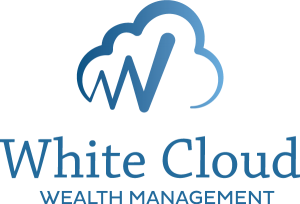At a Glance
- In the news, Omicron virus, snow disruptions, child tax credit payments
- Equity markets face headwinds and are shifting underneath the surface
- Twenty five countries have total debt of 300 percent of GDP, debt can be a drag.
In The News
The Omicron variant has been wreaking havoc canceling flights, sports games, Christmas parties, Broadway shows, companies, universities, and have delayed return to office plans. Covid cases have hit all time highs above 500,000 new cases per day in the USA. For most the Omicron variant has been mild; may it stay that way.
While some suffer on the inside, others suffer from the outside. Winter storms have hit all parts of the US. While folks in Idaho appreciate the snow, well most of us, folks in the mid Atlantic are besides themselves. There are some 850,000 without power to their homes. This weather has cancelled more flights nationwide and accidents. On my way home from east Idaho after Christmas, I must have seen 20 plus accidents from icy roads. It’s snowing what can I say more?
This month the expanded child tax credit payments to families ended. Families who enrolled and qualified have been receiving up to 300 per child in payments since July. For some this has been extra savings and for others it has been used to survive and continue paycheck to paycheck. Lawmakers are finding it hard to find common ground on this law as well as the other proposals in the Build Back Better legislation. This will be a big topic of discussion in the political news over the next few weeks.
Markets
With the S&P 500 at record highs, the fed signaling they will remove the punch bowl of easy money, and the pandemic threatening the economy again, investors confront a challenging backdrop. Money is shifting out of aggressive sectors of the economy to defensive sectors of the economy. The Nasdaq hits its peak on November 19th at around 16000. The Russell 2000 (small company index) hit its peak on November 8th and has been essentially flat since last spring.
In my opinion, equity markets face two main headwinds moving into 2022. 1- The fed tightening (raising rates) monetary policy ahead to ward off cost-push inflationary pressure. 2- Congress is having a hard time agreeing on more fiscal spending. Companies in general are overvalued in my opinion and without the support of the federal reserve and congress it is going to be a tough year to continue to move higher.
Economy
Ruchir Sharma, chief global strategist of Morgan Stanley’s Investment Management arm, published Ten economic trends that could define 2022. I will share with you two excerpts from his writing:
“Debt trap: Having mounted for four decades, global debt grew even faster during the pandemic, driven by government borrowing. Twenty-five countries including the US and China have total debt above 300 per cent of GDP, up from none in the mid-1990s. Money printed by central banks continues to inflate financial markets and deepen the debt trap. It is clear that societies addicted to debt find it tough to cut back for fear of bankruptcies and contagion.”
“Not the 1970s: Fewer workers, more government spending and rising public debt all point to higher inflation — but possibly not to the double-digit levels of the 1970s, as some pundits fear. Government spending should ease in 2022 and technological changes will continue to put a lid on prices. The bigger risk is asset prices. Financial markets have grown to four times the size of the global economy, and when markets crater, deflation often follows.”
The economy has been juiced with financial steroids coming from the federal reserve and the government. Once an economy is caught in the debt trap it is very difficult to get out of it. As stated in previous updates, I expect debt to be a drag on the economy going forward.
On the positive side, the supply imbalances in the United States are continuing to work themselves out. The time it takes to unload ships and containers in our ports is improving. With workers back from the holidays they should be able to work off more of the backlog and the Chinese New Year coming up should help slow down the backlog as well. In time fixing the supply side of the economy should help ease inflation by the second half of the year.
The Road Ahead
As we transition away from government stimulus and accommodative policy, I expect 2022 to be a year of slowing GDP growth and inflation. Supply chains, inflation, and covid-19 will remain in the headlines in the first part of this year. Companies will move away from just in time inventory and stock pile some supply for “just in case” inventory. There’s no question Covid has brought on new challenges but we’ve learned a lot in the process. Its not a bad idea to have our own “just in case” assets and investments as well. Cheers to another great year.
Your situation is unique, please call me with any of your specific investment, retirement or tax planning needs.
Written By Sean West, CFP®
Disclosure
This blog reflects the personal opinions, viewpoints and analyses of the White Cloud Wealth Management employees providing such comments, and should not be regarded as a description of advisory services provided by White Cloud Wealth Management. The views reflected in the blog are subject to change at any time without notice. Nothing in this material constitutes investment advice, performance data or any recommendation that any particular security, portfolio of securities, transaction or investment strategy is suitable for any specific person. Any mention of a particular security and related performance data is not a recommendation to buy or sell that security.



